
AllQuestion and Answers: Page 1424
Question Number 69133 Answers: 0 Comments: 1
Question Number 69130 Answers: 0 Comments: 3
Question Number 69123 Answers: 1 Comments: 0
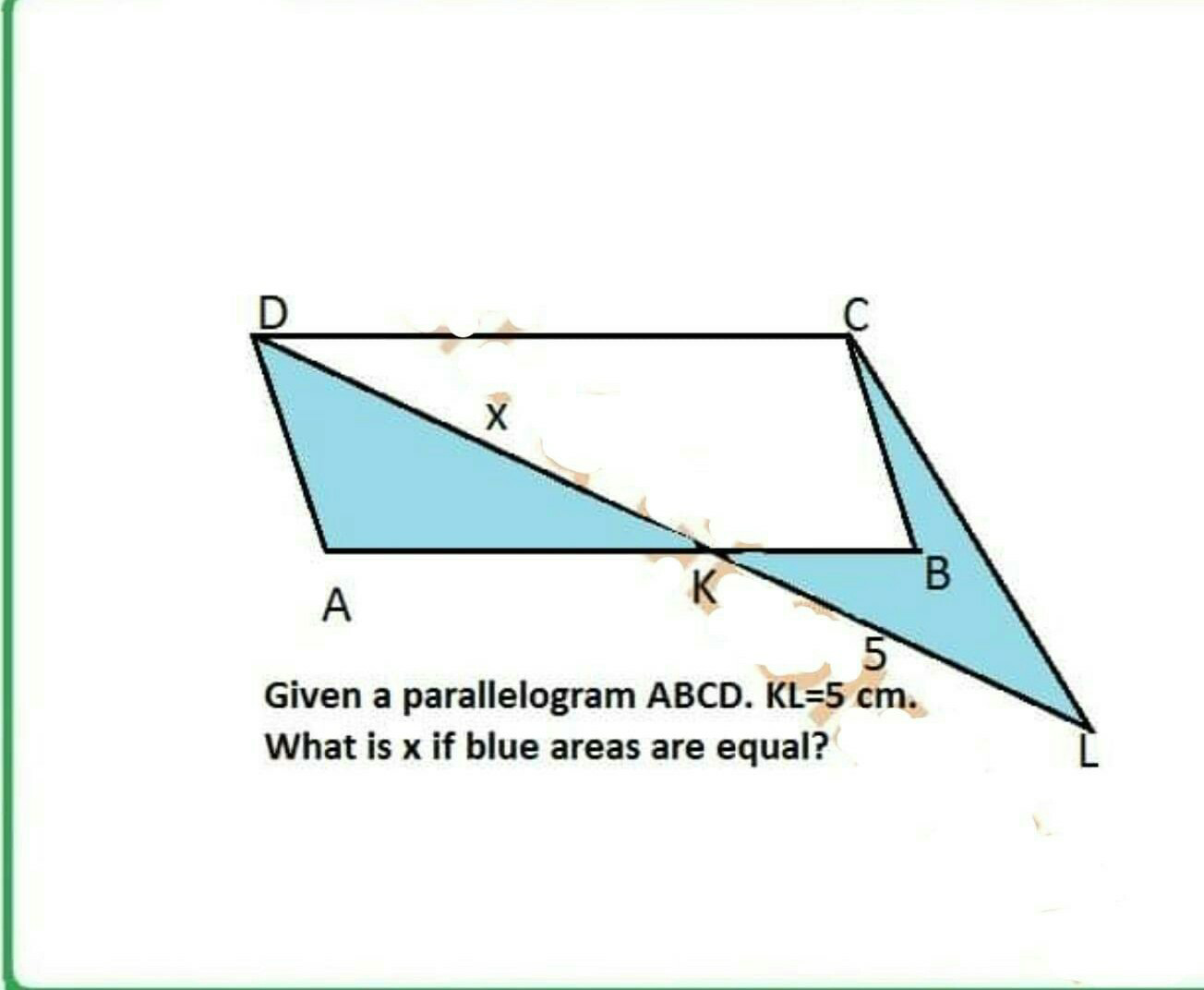
Question Number 69116 Answers: 0 Comments: 0
Question Number 69092 Answers: 1 Comments: 0
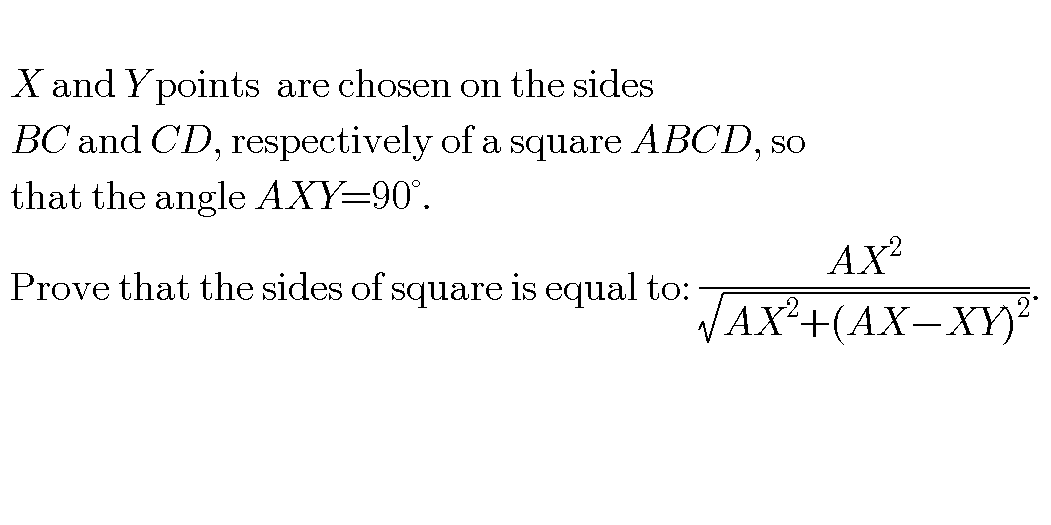
Question Number 69082 Answers: 1 Comments: 1
$$\boldsymbol{{Solve}}\:\:\boldsymbol{{x}}^{\mathrm{2}} \:=\:\mathrm{16}^{\boldsymbol{{x}}} \\ $$
Question Number 69081 Answers: 2 Comments: 0
Question Number 69075 Answers: 0 Comments: 2

Question Number 69074 Answers: 0 Comments: 0

Question Number 69073 Answers: 0 Comments: 3
Question Number 69072 Answers: 0 Comments: 0

Question Number 69064 Answers: 1 Comments: 3

Question Number 69106 Answers: 0 Comments: 0

Question Number 69105 Answers: 0 Comments: 0

Question Number 69104 Answers: 0 Comments: 3
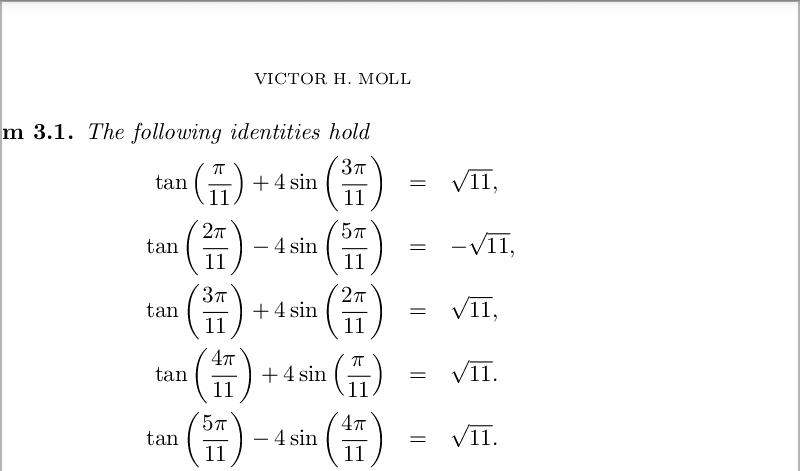
Question Number 69111 Answers: 1 Comments: 2

Question Number 69110 Answers: 0 Comments: 3
Question Number 69098 Answers: 1 Comments: 3
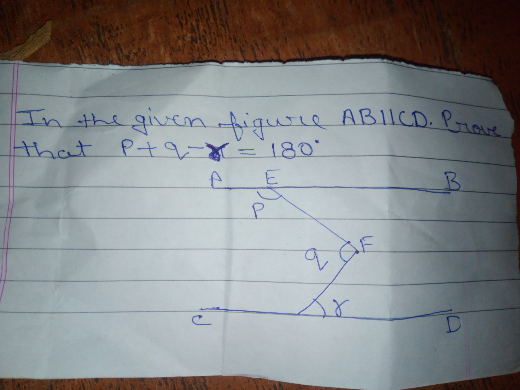
Question Number 69046 Answers: 0 Comments: 4

Question Number 69045 Answers: 2 Comments: 0

Question Number 69034 Answers: 2 Comments: 0

Question Number 69044 Answers: 1 Comments: 0
Question Number 69027 Answers: 1 Comments: 2
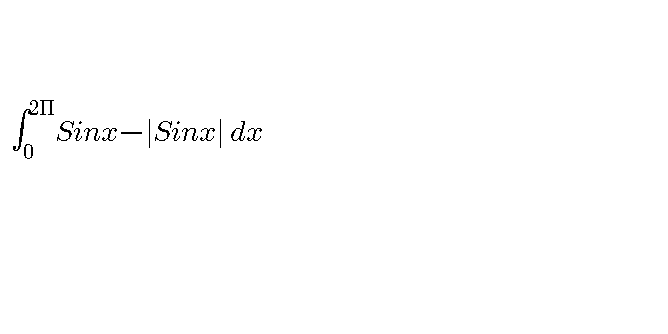
Question Number 69020 Answers: 0 Comments: 1
Question Number 69014 Answers: 1 Comments: 0
Question Number 69010 Answers: 0 Comments: 8
Pg 1419 Pg 1420 Pg 1421 Pg 1422 Pg 1423 Pg 1424 Pg 1425 Pg 1426 Pg 1427 Pg 1428
